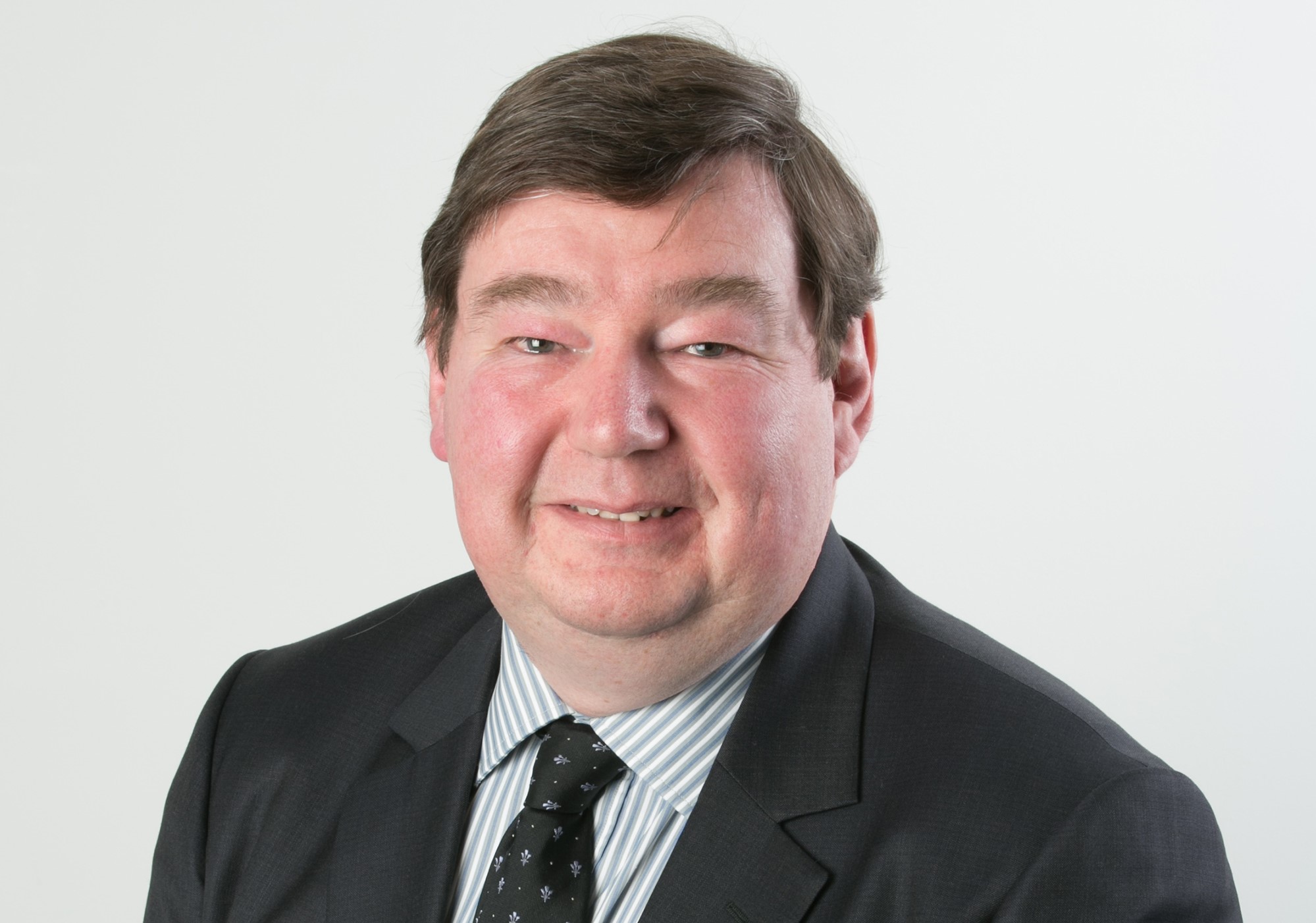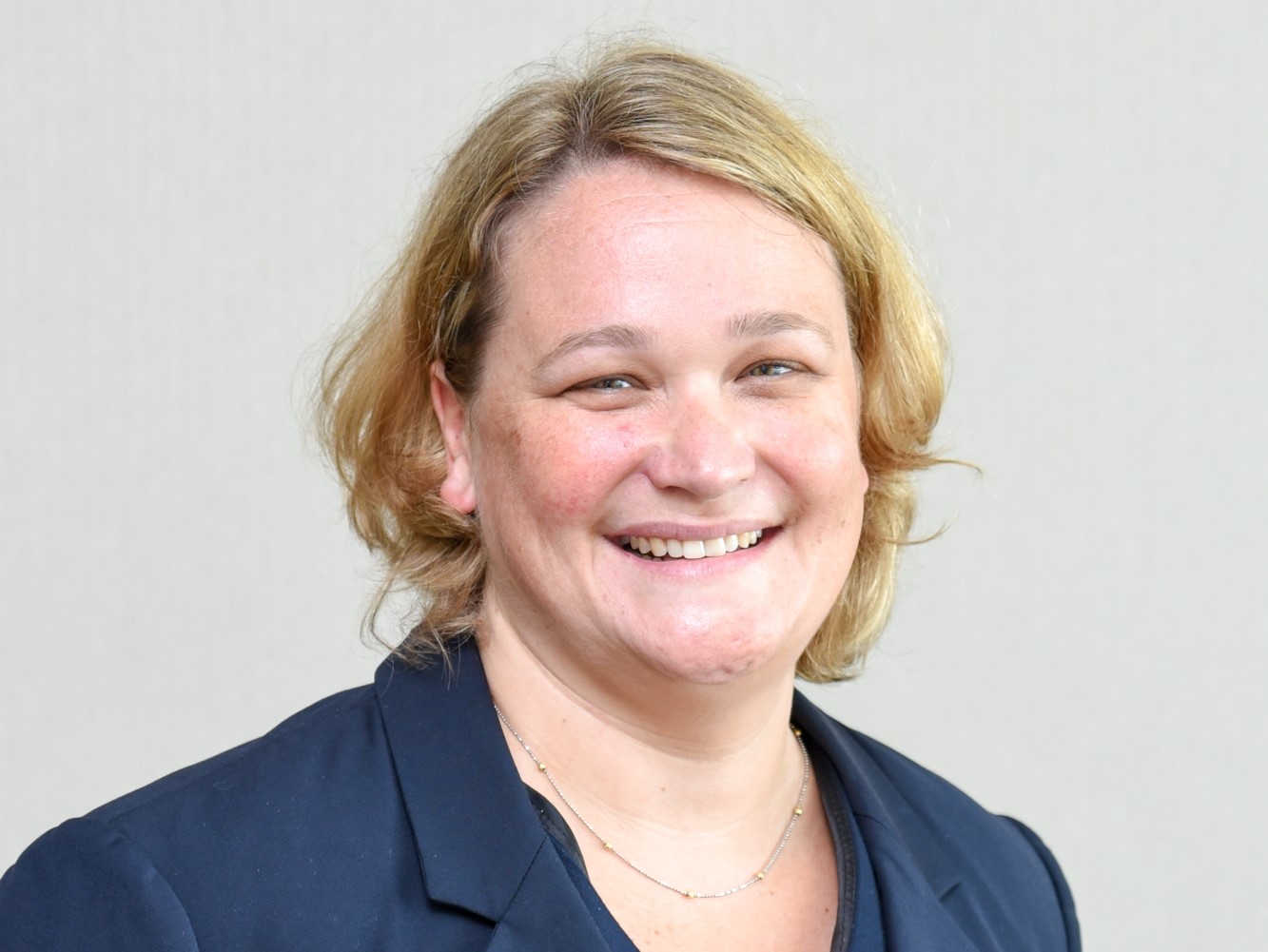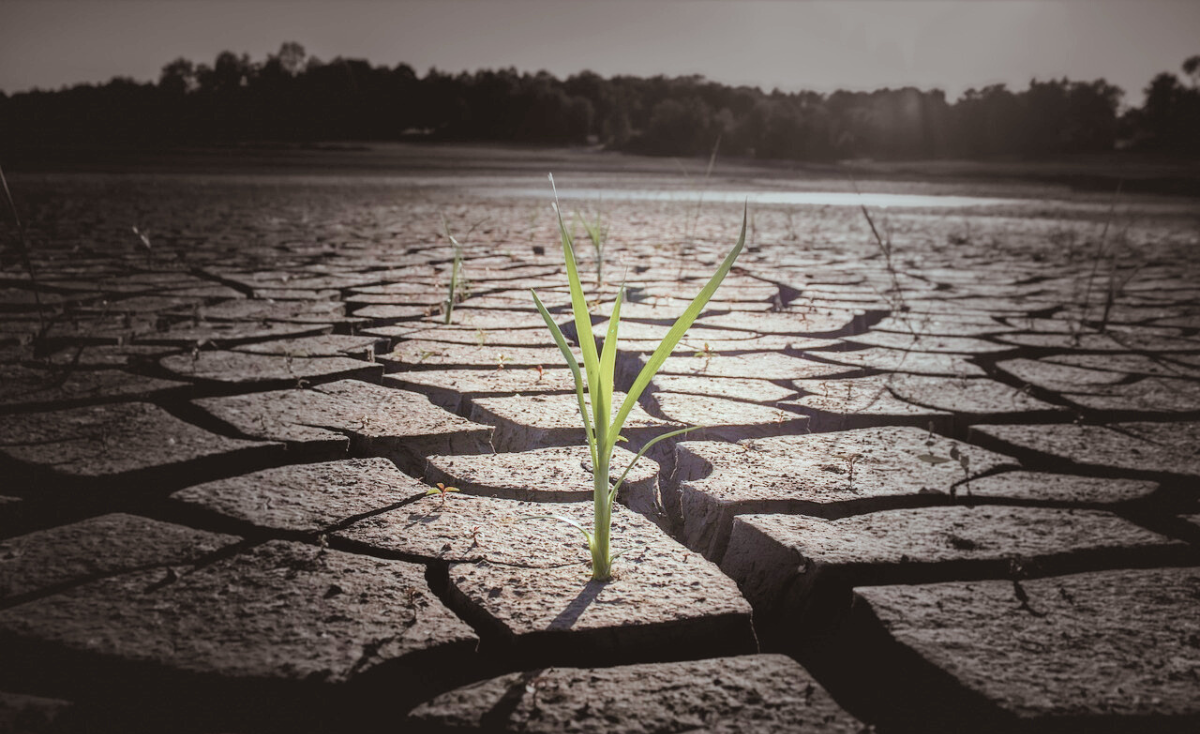Case study: How Earth Capital is overcoming the main challenges of sustainability reporting
Neil Brown, Chief Risk Officer at Earth Capital, explains how the firm has developed its own, innovative tool to make sure it gets in depth and holistic ESG data from the companies it invests in.
Sara Benwell POSTED ON 3/15/2021 3:12:01 PM
 Neil Brown, Chief Risk Officer at Earth Capital
Neil Brown, Chief Risk Officer at Earth Capital
Sara Benwell: What are some of main challenges when it comes to ESG reporting?
Neil Brown: The challenges are different for different firms.
Earth Capital is a specialist sustainable asset manager. So, even though we are global, and we have about 1.7 billion dollars of assets under management around the world it is all invested sustainably.
We primarily look at investing across three themes - water, energy and food, and our investment focus means that we're starting in a good place.
This gives a slightly different spin on some of the challenges. Because we're in unlisted investments, that means we're typically very close to the companies that we're invested in and therefore our insights into what they are doing are comprehensive.
The challenges are far less than if you were running a listed large cap equity portfolio, investing in a range of multinationals, who happen to be around the world across all sorts of sectors with varying degrees of impact and very different levels of ESG reporting.
“We're typically very close to the companies that we're invested in and therefore our insights into what they are doing are comprehensive”
The main question is how can you get sufficient, timely data, to produce a report on your fund, which you can give to investors with a high enough level of confidence that the information that you are giving them is accurate?
That's the big picture problem - whatever you say to your investors, it has to be timely, accurate and relevant, and just pulling all of that data together is a real hassle because there isn't a single source for any of it.
There is very little consistency in terms of what is being reported within countries, let alone globally and within sectors.
How you then present it is the second challenge. As a business, 10 years ago, we took a decision that we wanted to report the sustainable impact of all of our investments meaningfully to our investors.
So we developed our own tool called the Earth Dividend™. It measures our investments’ positive impacts on environment, social and governance issues, where they are neutral and where they're negative.
“There is very little consistency in terms of what is being reported within countries, let alone globally and within sectors”
We report that scoring to our investors across five axis - natural resources, society and governance, pollution, ecosystem services and social and economic contribution, but across 30 tests. We measure the whole life cycle of a product so its supply chain, its manufacture and even its end-of-life disposal. And we do look at it in the round, so this is a holistic approach to measuring impact because we think that's the only way you can do it.
For example, if you look at Tesla's factories and its products, then it's terribly green and clean and good. But, one of the challenges is that the industry must stop looking at just the positives. Tesla is an electric vehicle, therefore it reduces petrol use. But you have to look at the impact of its batteries. You have to look at the afterlife - disposing of batteries is a still pretty dirty process. Where does its carbon footprint lie? And how does it treat its people and how to contribute to the society around it? Sourcing cobalt in the DRC is a very different proposition to a manufacturing plant in California. You need a wide view of the impact of Tesla as a whole.
If you look at the ratings agencies, some of them do that, but many don’t. That's the problem for investors, the inconsistency across ESG reporting that we see nowadays.
Sara: Is that what prompted you to launch the Earth Dividend?
Neil: Partially we launched it because no one was doing this back in 2008, but also it is set up to be holistic. It looks at everything from supply chain to end of life. And to be consistent, we can apply it to any of the portfolio investments we have, across all dimensions.
It gives us a rounded analysis and it gets pluses and minuses, so you end up with a net score and we will only invest if that net score is positive, i.e. it makes a positive impact across the ESG criteria. So, yes, we did do it because we think it provides the right kind of solution.
Sara: Where does the data come from that you use to produce the Earth Dividend?
Neil: Because we've created it, it comes back to where we're investing - in unlisted securities. We have close links to the companies because there's not a public market in them, so we get the data directly from the companies.
We send them our questionnaire before we invest to decide whether we want to think about it or not. And as part of our investment process, we work up a baseline measure for our estimate of the score.
We tell the companies that they must report on these factors, at least annually to us, and tell us how they plan to improve scores and consequently improve the commercials of the business.
“We get the data directly from the companies”
It’s information we sourced directly from the company and we get it in a consistent format. I think from a private equity perspective, where companies have myriad investors, a different format of a questionnaire from every investor every year would be a nightmare, but we are one of the more dominant investors in most of the things we hold, so we're in a position to get it.
It's not an onerous task. This isn't a go out and spend several weeks working out how you answer all these questions. This is: if you understand your business reasonably well, then you know what you're going to say. But you have to then spend some time thinking about how you justify to us what you've told us, because we will come back and we will question and we will challenge.
Sara: How do you communicate with investors?
Neil: We communicate clearly with investors and we will talk about what's going on in the portfolio at that time. Private equity typically works on an annual cycle, so there's a full-blown valuation, a big report and a grand annual event.
As part of that process, we produce an annual sustainability review of the portfolio and its footprint. It looks at the individual component parts, how they've been scored originally and how they're scoring now. It looks at improvements they've made and reasons why some are still just talking about making changes.
“We produce an annual sustainability review of the portfolio and its footprint”
Realistically, we can't necessarily assume every investment is going to improve every year, but we work with them to try and improve relevant areas from both a commercial and a sustainability perspective.
It is a roadmap, if you like, of the impact their investment is having, looking at both individual investments and at the portfolio as a whole.
Please Sign In or Register to leave a Comment.
SUBSCRIBE
Get the recent popular stories straight into your inbox







